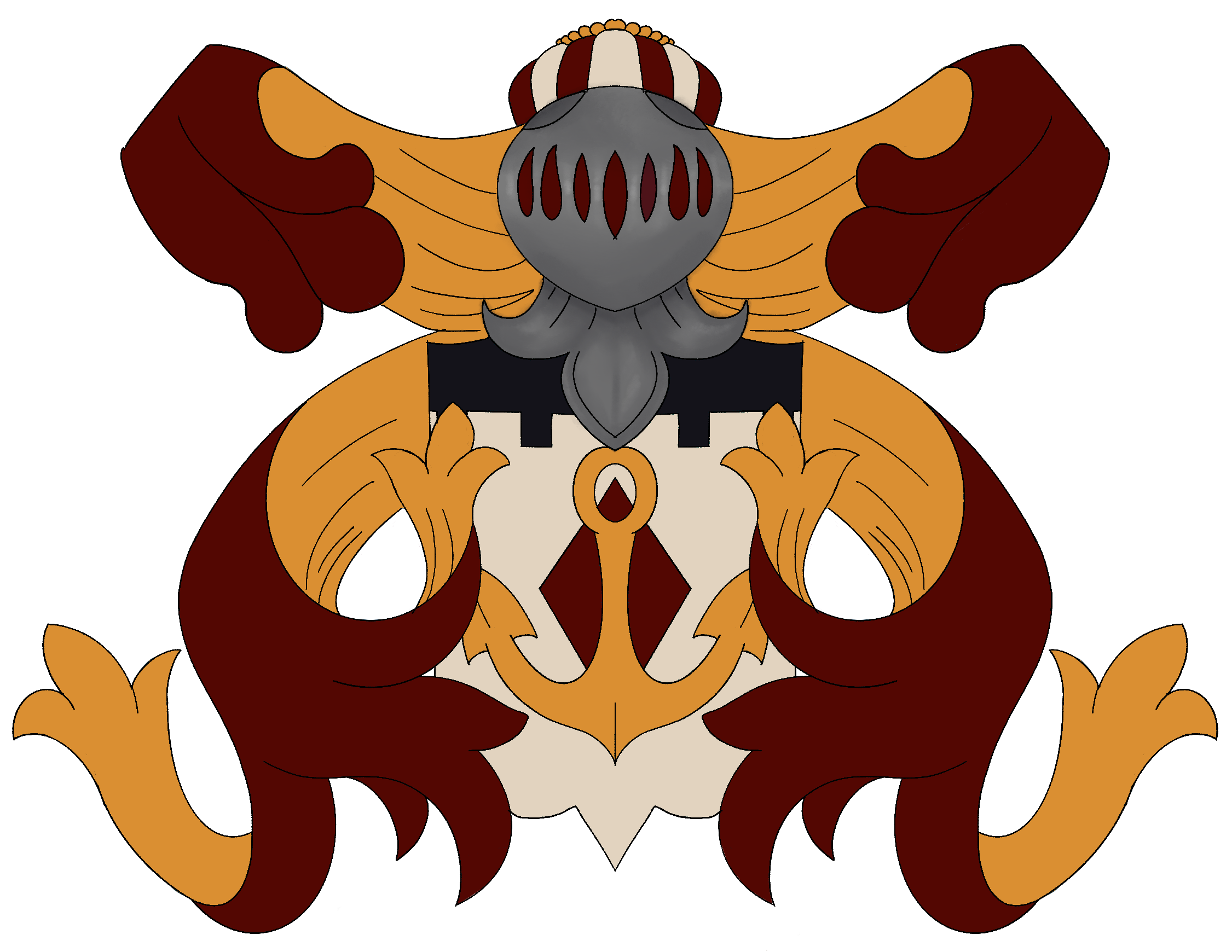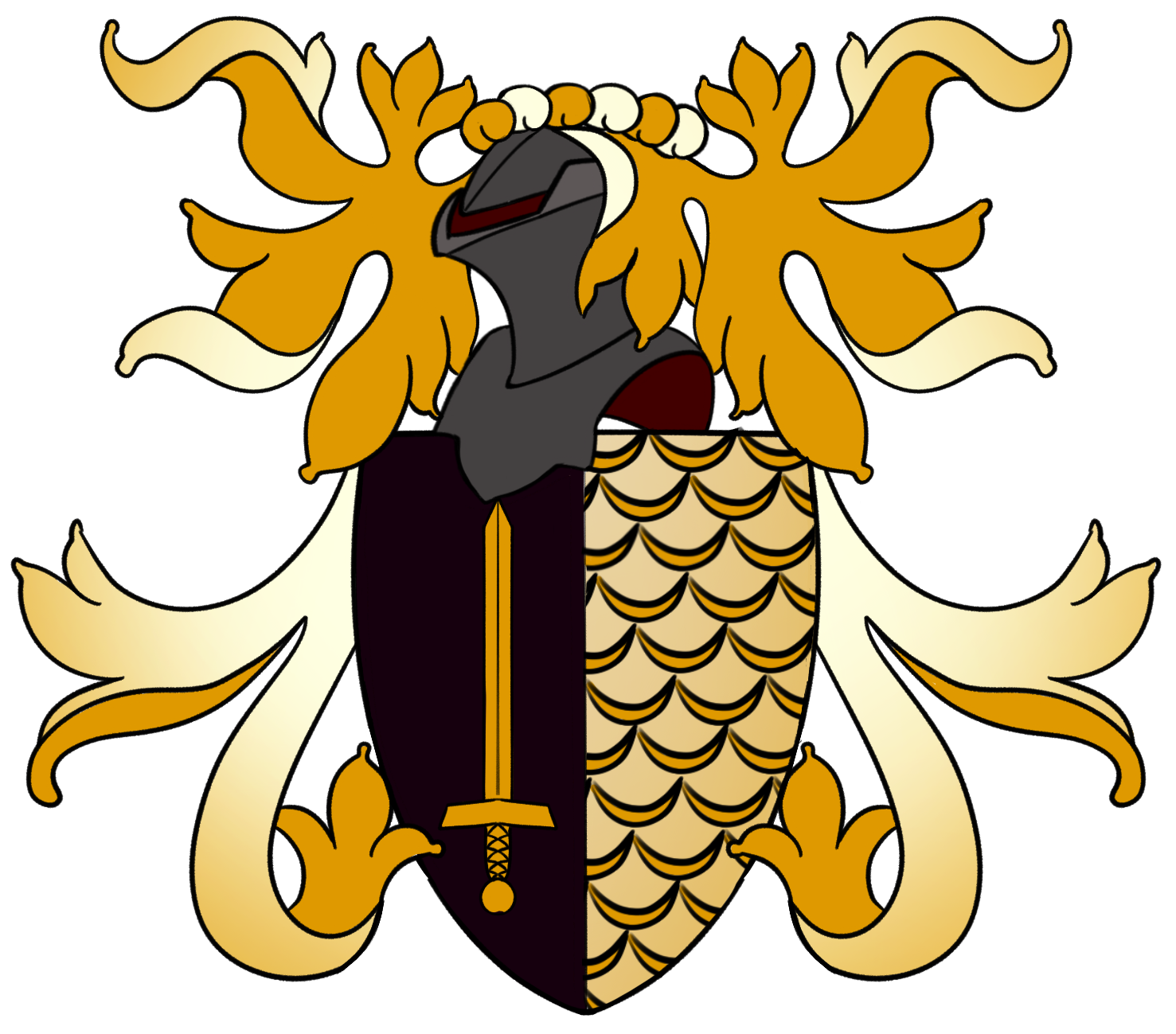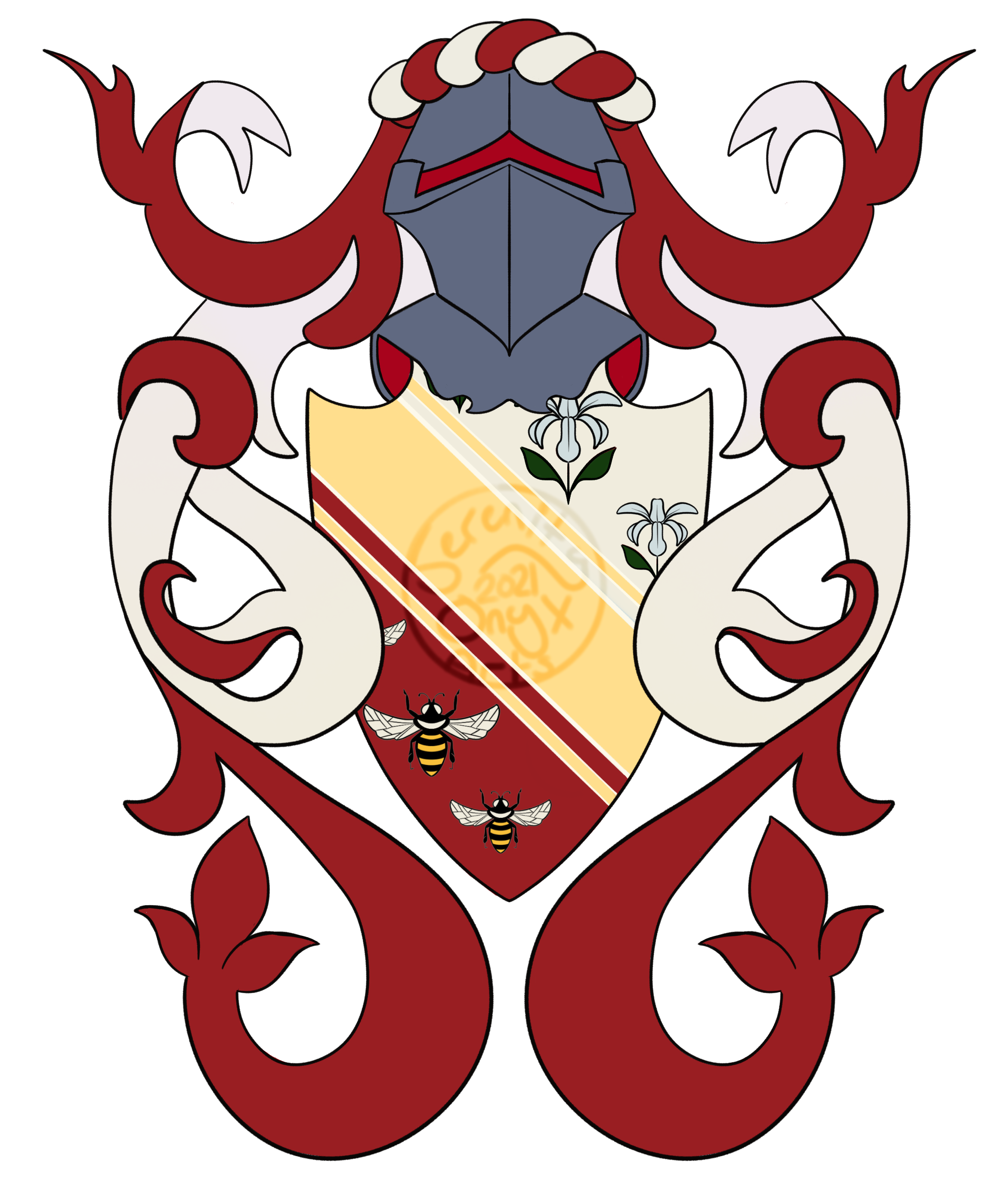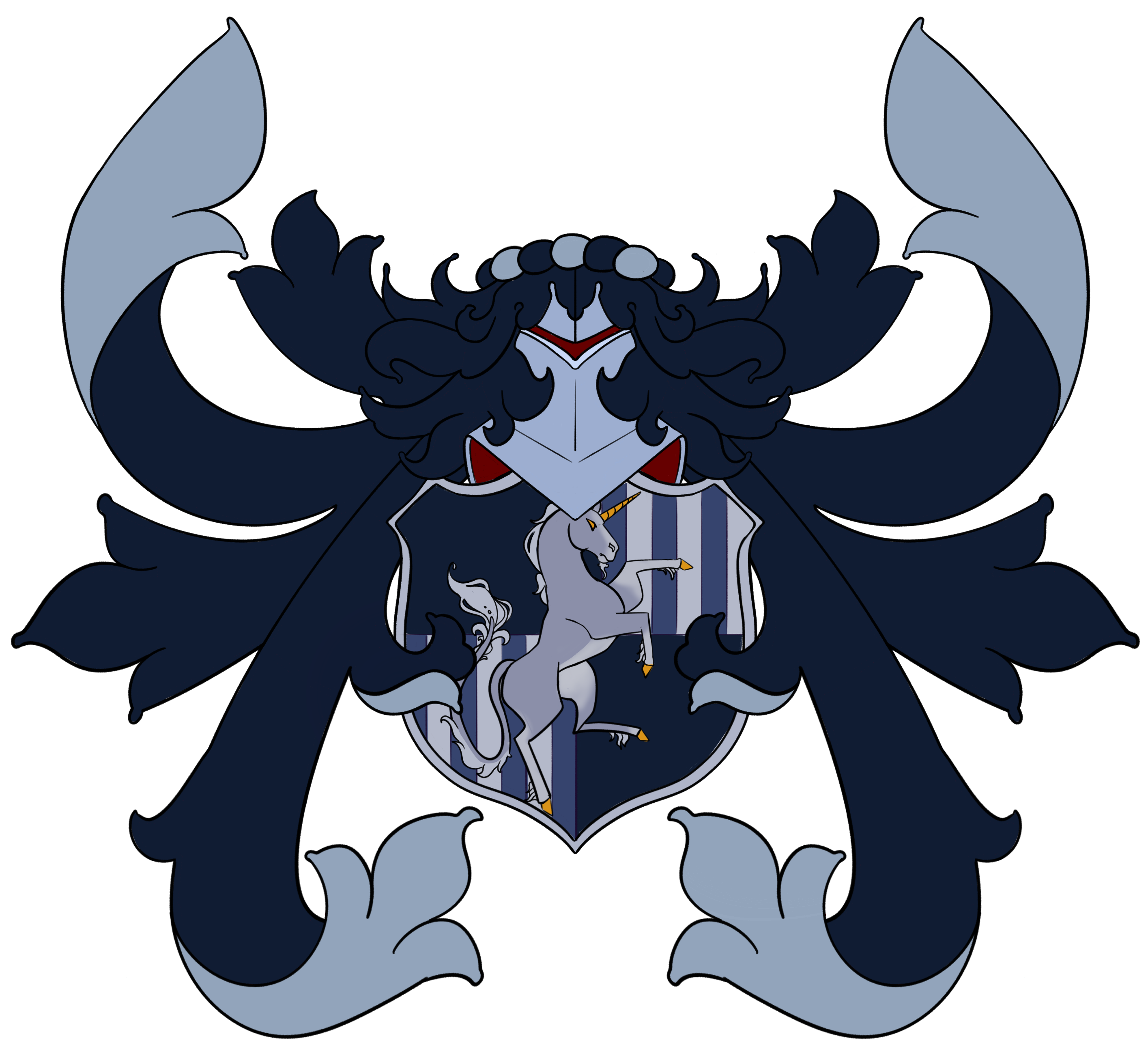The Battle of Brindun fields - 4013TW.
The Battle of Brindun fields is agreed by most historians to be the death rattle of the beleaguered Meldionheim Empire, fracturing the Empire into a series of successor kingdoms that would cause almost a century of upheaval and chaos throughout eastern Illaria. The two royal houses of Reinthofen and D'Auvergne met on Brindun fields, an area of ash scorched planes that surround the ruined husk where the ancient Imperial capital Coriovallum. What was supposed to be a diplomatic meeting between the two powers turned into one of the bloodiest battles in human history.
Prelude
For two decades since the end of the Draconic war, the once mighty and venerable Meldionheimer empire had long been on the decline. Reduce to merely a theory that loosely tied the realms of man together than a geopolitical state. Long past the golden era of man, from its autocratic imperators, architectural wonders and great philosophers. Now outside threats began to ebb away at its borders as it receded in upon itself. Since the year of the three in 4013TW, the throne of Meldionheim had been vacant for two decades, governed by an Interim-senate, the imperial house had broken down into a number of successive houses, squabbling and waging internal conflicts with one another over the right of the succession. By 4030TW the matter had dissolved into there being two primary claimants to the throne, Prince Leovigild of house Reinthofen and Princess Eléonore of House D'Auvergne. The infamous letter from Princess Eléonore D'Auvergne characterises the intense blood feud between these two branches of the imperial family. Demanding unconditional surrender of House Reinthofen before the Battle of Brindun fields, which was supposed to be a diplomatic meeting between the two factions to discuss a solution to the succession crisis, turned into one of the bloodiest battles in human history.Eléonore had earlier sent word to her generals to advance the D'Auvergne army to meet her at the purportedly neutral ground for this rendezvous, expecting treachery owing to Leovigild's reputation. Scouts reported a big Reinthofen presence moving over the river Rala just before she arrived, and her trajectory was obvious. To pursue his claim, Reinthofen intended to either capture or murder her, and she would not be silenced easy. Instead, she chose diplomacy, writing the Prince a letter that would go down in history, demanding his swift surrender and the disbandment of his army.
The plan was to either humble Leovigild and debate the succession situation honestly and openly, as the prince had done previously. Alternatively, for his genuine objectives to be revealed. Famously documented by one of Leo's major advisors Lord Thorsten Lowe when the message was delivered, the Prince was dining in his tent with his retainers. When the words were read aloud, the man burst out laughing at the notion that he surrender, wiping his mouth with the paper and threw it to the ground as a symbol of defiance. Battle lines were set the next day, and conflict between the two houses was unavoidable.
Interestingly, the letter survives to this day in the private collection of House Lowe. It is uncertain why Thorsten Lowe later would recover the letter, but has provided historians and scholars with a significant piece of historical evidence regarding the events that led to this conflict.
Battlefield
The fields are a series of vast sodden marshlands located half a mile from Coriovallum, the Imperial capital. Many attempts to drain it and transform it into agricultural land have failed, with the majority of them failing miserably. Following Coriovallum's defeat during the Draconic Wars, this environment, like most of the surrounding country, was abandoned and allowed to rot. The remnants of the Brindun watchtower may be seen up the ridge to the north, known simply as the Brindun overlook. The overlook is made up of a succession of steep hillocks and dense woodlands. It was formerly a garrison for a number of outriders that guarded Coriovallum's borders, but today it's only a decaying tower and the ruins of outbuildings and stables. The field it's is surrounded by sparse, blackened woodlands having been kissed by dragons fire decades past, only same green has sporadically managed to return to them.Deployment
The Engagement
Battle for the Overlook.
Though the battle would start after daylight, it was a skirmish in the early hours of the morning that marked the start of hostilities. Reinthofen soldiers had taken up positions at the overlook, which had been built up for the two parties' anticipated negotiations. When it became clear that the D'Auvergnians were not going to show up. Prince Leovigild ordered that the position be strengthened and that a token army be stationed there as a salient from which to strike if the conflict went sour that day. A company of well-armed skirmishers and outriders headed by Lord Thebeau Laisnié approached as reinforcements climbed up the hill from the Reinthofen camp to the west. Laisnié's soldiers attacked the overlook under the cover of night, thoroughly surprising their opponents. The Reinthofen garrison surrendered despite the reinforcements. As the morning rose and the soldiers below marshalled, Leovigild remained unconcerned, trusting that the overlook and its garrison would still be there.Charge of the Gendarme.
The D'Auvergne generals recommended that the battle be started according to the guidebook that the southern provinces were famous for, considering the Reinthofen soldiers to be little more than an ill-disciplined rabble of northerners. Eléonore's generals thought that a large cavalry assault by the Orsiétte Gendarme would deliver a decisive attack and break the Reinthofen lines early in the conflict, causing panic and disruption, and breaking Leovigild's army to allow the main bulk of their foot men to rush in. The Orsiétte Gendarme were regarded across the empire as peerless knights, hardened and highly trained with combat proven tactics that had broken opponents time and time again for hundreds of years, so arrogant were Eléonore's generals of the absolute success of the cavalry charge. Prince Leovigild was depending on his D'Auvergne opponents' dependence on the Gendarme to shatter their opponent's strongest piece in his own superb strike. Lord Henri Bellamy, declined to commit his knights to the charge, preferring to establish the charge order. Holding his unit of Gendarme back to await a counter-attack by Rhienfeldian Knights who could launch a counter-attack against this bold offensive.While not every battle can be won my lady, most can be salvaged.
What followed was nothing short of a massacre, as his weakest men were positioned in front lines, giving the impression of weakly armoured infantry. Vulnerable targets for an attack of cavalry. These poorly armoured men withdrew back as the Gendarme gathered up speed and began charging, showing strongly armoured halberdiers and billhook equipped soldiers with broad shields standing behind excavated trenches and wooden posts securely placed in the earth. The right and left sides closed in as the Gendarme drove into this wall of wooden steaks and sharpened steel, shutting off the D'Auvergne cavelry's mobility. What knights and cavalry survived the attack and the carnage retreated, some fleeing the battlefield, some returning to their lines and reorganising. Following the deaths of several key Gendarme commanders and nobility, command of what remained went to Lord Bellamy, who had kept his contingent in reserve.
The military strategy employed by Leovgild was inspired by antiquity. During a series of conflicts with the Centaurs in the 3400s, the early legions of the empire used the manoeuvre for the first time. It was created to counter the Centaur's infamous charges. Leovgild, being well-versed in military tactics and imperial history, would have looked to the past for inspiration to resist the superior cavalry force he had no doubt his adversaries would bring to bear against him on the battlefield.
The Reinthofen advance
Leovigild ordered his soldiers to go on the attack after the projected cavalry assault and threat of the Gendarme were defeated. The first line of Reinthofen infantry, accompanied by lightly armoured skirmishers and archers, raced forward into the sodden field to disrupt the enemy lines while the troops progressively marched forward from their defensive positions. Lord Thorsten Lowe, at the head of the Rhienfeldian cavalry, sallied forth along the southern border of the battlefield, in front of the D'Auvergne forces, to prevent a second onslaught by the Gendarme remnants, who were now outnumbered. Eléonore made the brave choice to deliver her first official command of the war when her distressed generals and advisers were reeling. She ordered her own archers to march up and return fire in an attempt to hold down the advancing foot soldiers, as well as a message to the skirmishers on the rise to advance down and try to flank the Reinthofen lines. I'm hoping Leovigild and his generals still believe their soldiers are occupying the ridge. The two armies would continue to march on one another in the following hours, and chroniclers say it would endure for almost five hours of brutal melee fighting in the mud and filth. From both sides, archers fired upon each other, while Leovigild commands the advance of increasing numbers of his foot soldiers into the fray to shore up his dwindling battle lines.Redemption of the Gendarme.
As the battle neared its climax, the field was littered with the dead, while the survivors battled over mounds of their fallen companions. Leovigild gave word to Lowe to launch his assault at this precise moment. The Rhienfeldian cavalry split and charged, one charging headlong into the surviving Gendarme and the other turning around to flank the D'Auvergne battle lines. Lord Bellamy led the rest of the Gendarne to meet the Rhienfeldian knights right away. The two forces collided in a whirl of actions, a battle of shattered lances and flashing steel. Lord Bellamy and his Cavalry pushed back the tide of the Reinthofen onslaught, sending Lord Lowe and his knight reeling into retreat, as Orsiétte Bards and historians embellished this moment for centuries, coining it the Redemption of the Gendarme. Before turning around and charging head-on into the other horn of Lowe's Cavalry charge, he drove both armies back and saved the D'Auvergne in a heroic moment. That is just partially correct. While Lord Bellamy's gallant charge would inflict significant casualties on the Reinthofen cavalry, it was D'Auvergne's soldiers under the command of Lord Laisnié, who had taken up positions on the crest on the Reinthofen army left flank, who would pull Lowe and his forces away, as a horn sounded out from their encampment to reorganise. As Lord Laisnié's men launched their surprise attack from the overlook, the Reinthofen lines contacted and fell back on themselves. Lord Bellamy ordered his Gendarme to form up once more, storming forward towards the beleaguered Reinthofen lines, finally smashing through and collapsing the right flank as the D'Auvergne infantry pushed forward, crushing the Reinthofen lines. As the lines began to crack, one of Leovigild's allies, chieftain Dunlèibhe Haskett, the leader of the Lochlainn clansmen who made up the majority of the Reinthofen right flank, broke faith and fled. The Reinthofen army's rout is triggered.The clansmen broke and bolted when we needed them the most, like the deceitful dogs they are. Their loud boasts and jeers faded as they fled the battlefield, replaced by screams and cries They forsake us with their tails between their legs when we faced the full weight of our foe.
The Rout
The Rout is perhaps where the battle earned it's infamy as a bloody affair. Of the approximated 20,000 fatalities suffered on both sides during the Battle of Brindun Fields, over half of them occurred during the ensuing chaos of the route. As the Lochlainn clansmen broke ranks and fled from the field, the entire Reinthofen line buckled and within mere moments broke down and began to flee.The Aftermath
The legacy of the battle of Brindun fields would begin the onset of the war of Princes, seeing the emergence of several successor kingdom and principalities emerge from the ruins of the empire. It was a war that would rage for decades to come as the two great houses of Reinthofen and D'Auvergne would lose control of the rest of the empire and consolidate their power own power in two independent nations. The Kingdom of Rhienfeld in the midlands, ruled over by King Leovigild Reinthofen and Imperial Orsiétte to the south led by the newly coronated Emperess Eléonore D'Auvergne. On the battlefield, the myth of the Gendarme had been broken, proving the once invincible knights of the southlands were as mortal as any other man. The consequence of which would see the gradual decline in the knightly order throughout the southern realms of man, and bring about a new age of knightly orders. Amongst them the Gendarme would remain as a standard to be measured up against, and would still retain much of their prestige and reputation.The Belligerents
House Reinthofen
3,000 archers.
2,500 mounted knights
800 light cavalry
House D'Auvergne
2,500 crossbow men.
5,000 Gendarme.
1,500 light cavalry.
House Lowe
500 archers.
700 mounted knights.
House Bellamy
800 archers.
1,000 Gendarme.
1,500 light cavalry.
House Reinheld
500 archers.
800 mounted knights.
800 light cavalry.
House Laisnié.
800 light infantry (skirmishers).
1,000 Archers.
200 light cavalry.
House Greymont.
400 archers.
300 mounted knights.
House Montoire
1,000 crossbow men.
2,500 Gerdarme.
400 light cavalry.
Conflict Type
Battle
Prince Leovigild of house Reinthofen.
For the past seven years, Prince Leovigild has used bold, aggressive tactics and effective statesmanship to force his opponents to either yield and pledge their support to house Reinthofen's claim, or perish on the battlefield. In his youth, he took part in countless campaigns against barbarian tribes in the north and rebels in the western marches, and he is a proven and experienced commander. Prince Leovigild is a boisterous and aggressive individual who believes in quick, decisive action. Having coerced and dominated the northern provinces to surrender to him, he now stands on the verge of realising his family's long-held desire of gaining the Imperial throne. He looks to march south and confront his D'Auvergne competitors, having mobilised and outfitted his army. He is completely willing to go to any length to achieve this goal.If this silly little girl has grown tired of her dresses and wants to play war, then a war is what I shall give her.
Princess Eléonore of house D'Auvergne
Well-versed in courtly etiquette, as well as having been taught and groomed to lead. Eléonore was conceived with the intention of claiming the D'Auvergne lineage and ascending to the throne of Empress. The D'Auvergne family and the empire's southern lords have worked tirelessly to ensure her ascension to the throne. Eléonore's outward appearances can be deceiving. The Princess isn't a meek puppet with a charming smile and a nice face. She has taken an active role in all elements of state and leadership, ensuring that nothing is done without her permission. She has a smart, well-educated mind and was trained in military tactics and techniques by her late brother as a curious youth. And, while she prefers diplomatic and nonviolent solutions to crises, she is willing to act if required.[picture placeholder]











Comments